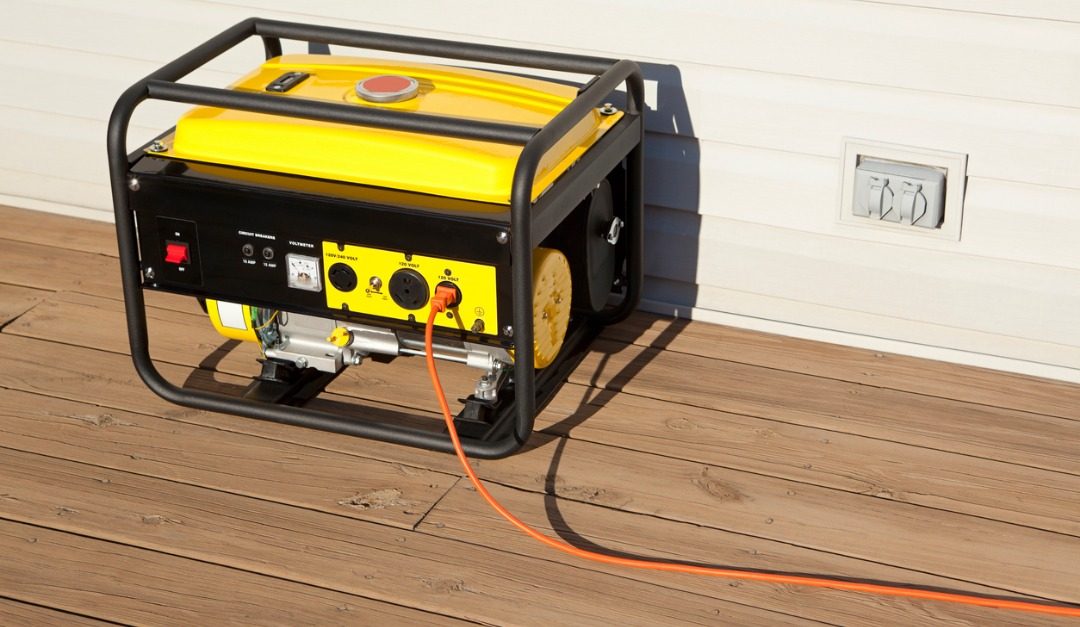Power outages occur for various reasons, including utility blackouts, downed power lines and severe weather. During an outage, using a portable generator can help you meet your basic power needs, such as providing some lighting or keeping your fridge running and food from spoiling. However, improper use of a generator can pose safety risks, including fire or carbon monoxide poisoning.
If you plan to rely on a generator the next time your lights go out, follow these safety tips from the National Fire Protection Association:
- Generators should be used in well-ventilated locations outside at least 5 feet away from all doors, windows and vent openings. Measure the 5-foot distance from the generator exhaust system to the building.
- Never use a generator in an attached garage, even with the door open.
- Place generators so that exhaust fumes can’t enter the home through windows, doors or other openings in the building. The exhaust must be directed away from the building.
- Make sure to install carbon monoxide alarms in your home. Follow the manufacturer’s instructions for correct placement and mounting height.
- Before refueling a generator, turn it off and let it cool down. Never refuel a generator while it’s hot.
- Store fuel for the generator in a container that is intended for the purpose and is correctly labeled as such. Store the containers outside of living areas.
- When plugging in appliances, make sure they’re plugged directly into the generator or a heavy-duty outdoor-rated extension cord. The cords should be checked for cuts and tears, and make sure the plug has all three prongs, especially a grounding pin.
- If you must connect the generator to the house wiring to power appliances, have a qualified electrician install a properly rated transfer switch in accordance with the National Electrical Code and all applicable state and local electrical codes.





